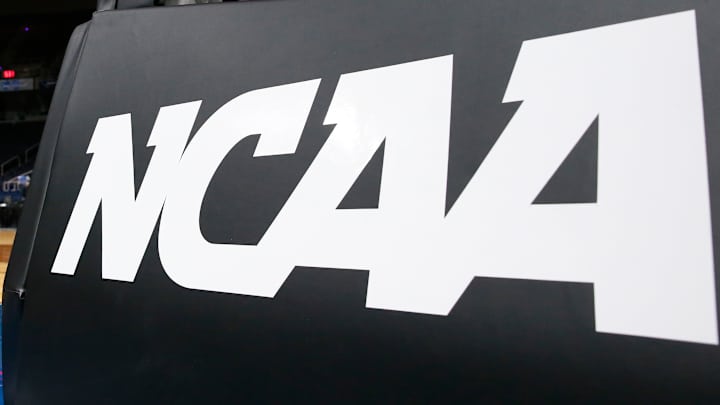NCAA Takes First Step in Trying to Legislate Name, Image and Likeness

Monday, the NCAA announced new guidance in the policing of Name, Image and Likeness in collegiate athletics.
The new rules provided further clarity on the role of NIL as it pertains to the recruitment process for an athlete, adding further guardrails to prevent money and NIL deals from entering into the recruiting process.
On July 1, 2021, the NCAA opened the floodgates to athletes across the country having the ability to cash in on their college success.
But as college football and basketball reached its first offseason with NIL in play, a different reality began to take centerstage.
Boosters across the country have begun the process of pooling money together into collectives aimed at attracting the biggest recruits available.
Texas A&M and Texas both have notable collectives, and Oklahoma recently got a boost with the announcement of the 1Oklahoma collective.
Now, the NCAA has provided further guidance which classifies such collectives as a booster, and bars the groups from attempting to lure in recruits or even worse, tampering with players on existing rosters with the goal of coaxing a player to enter the transfer portal with their intention of signing for a school and having a hefty NIL package waiting for them.
"Today, the Division I Board of Directors took a significant first step to address some of the challenges and improper behaviors that exist in the name, image and likeness environment that may violate our long-established recruiting rules," Jere Morehead, chair of the DI board of directors and president at Georgia said in a press release. "While the NCAA may pursue the most outrageous violations that were clearly contrary to the interim policy adopted last summer, our focus is on the future."
As a result, coaches or staff members from institutions are not allowed to coordinate with boosters to acquire more talent on the recruiting trail, and boosters are barred from communicating with a recruit or their family to agree to a deal contingent on enrollment with any certain program.
Thus far, the NCAA has shied away from levying any penalties on any boosters, whether it be an individual person or collective.
But the new guidance opened the door for the NCAA to retroactively review cases that predated the decision.
Still, there are doubts that the NCAA will be able to play any major role in enforcement of NIL violations. Look no further than the complete failure across college basketball to punish the schools involved in the FBI probe related to agents and shoe company representatives paying recruits to commit to certain schools.
In total, the NCAA took a needed first step in trying to legislate the new NIL era, but there is still a long way to go before institutions and coaches alike will be happy with the rules surrounding NIL.

Ryan is co-publisher at Sooners On SI and covers a number of sports in and around Norman and Oklahoma City. Working both as a journalist and a sports talk radio host, Ryan has covered the Oklahoma Sooners, the Oklahoma City Thunder, the United States Men’s National Soccer Team, the Oklahoma City Energy and more. Since 2019, Ryan has simultaneously pursued a career as both a writer and a sports talk radio host, working for the Flagship for Oklahoma sports, 107.7 The Franchise, as well as AllSooners.com. Ryan serves as a contributor to The Franchise’s website, TheFranchiseOK.com, which was recognized as having the “Best Website” in 2022 by the Oklahoma Association of Broadcasters. Ryan holds an associate’s degree in Journalism from Oklahoma City Community College in Oklahoma City, OK.
Follow _RyanChapman